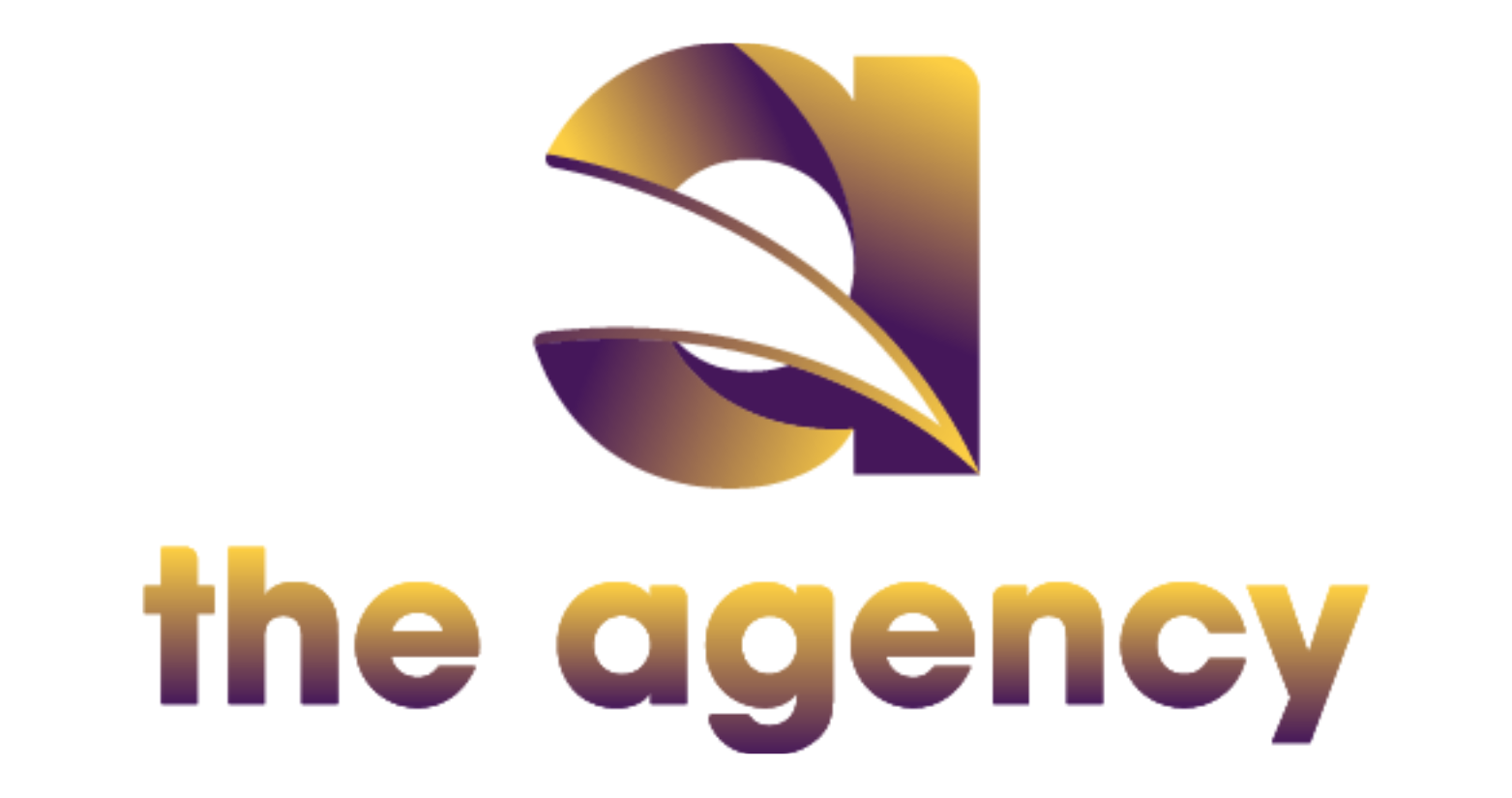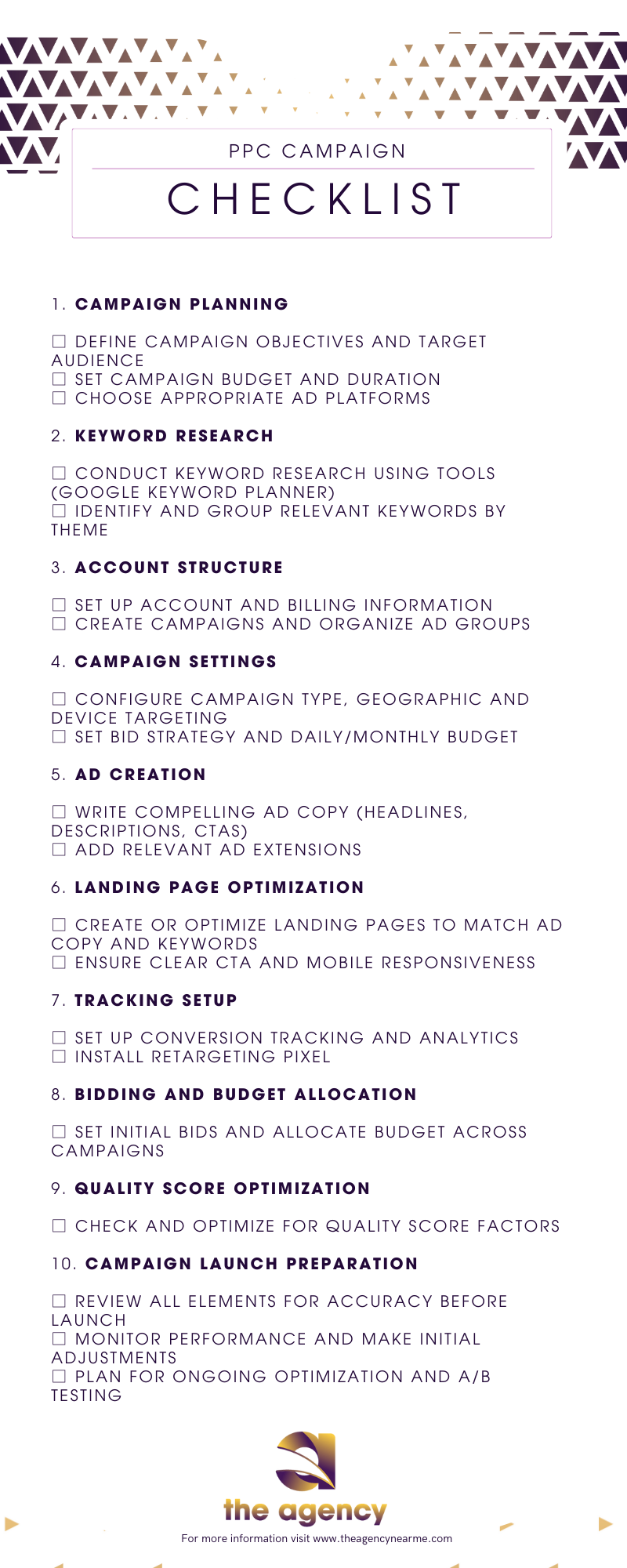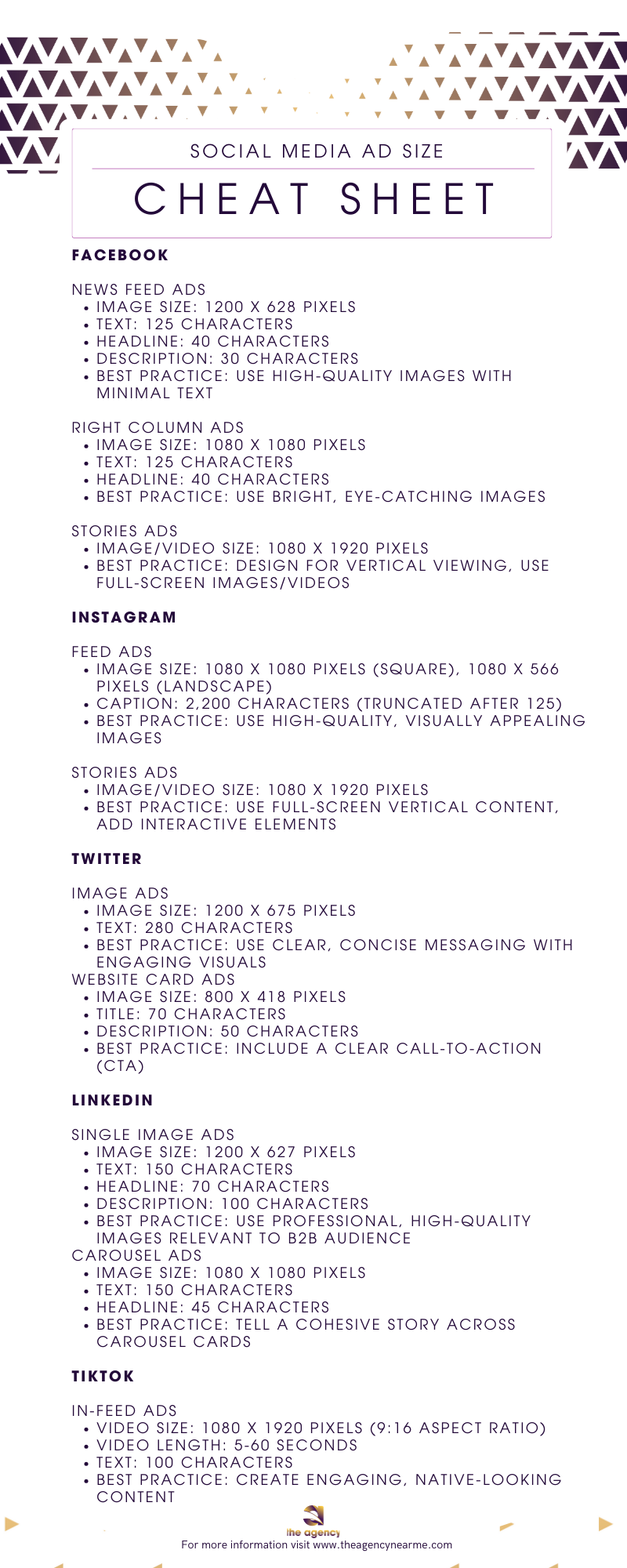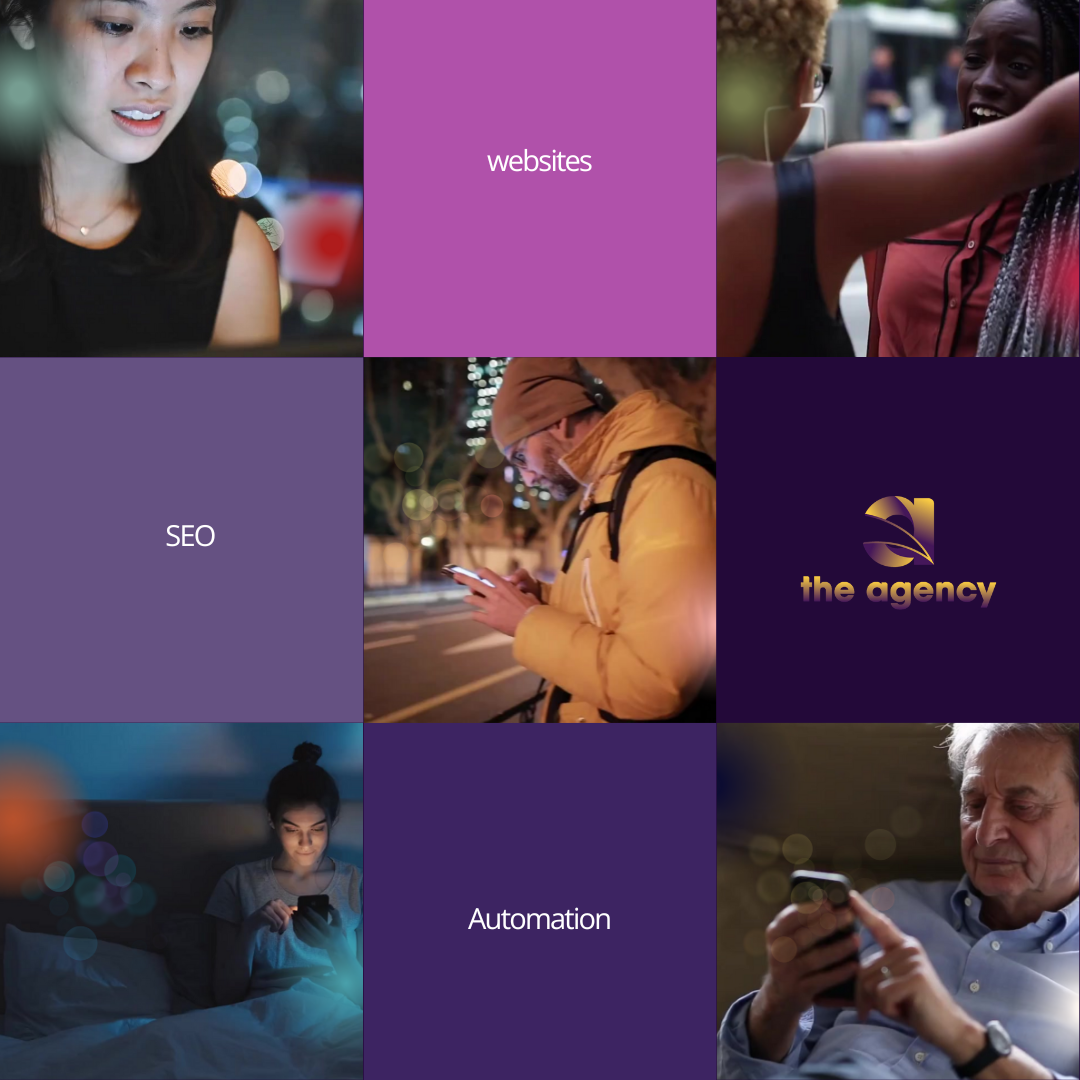Mastering Pay Per Click Campaigns: A Comprehensive Guide
Unveiling the Power of Pay-Per-Click Advertising


Key Highlights
- Targeted Traffic: PPC advertising helps you find your exact audience. It brings qualified traffic to your website.
- Measurable Results: You can see how well your campaigns work. With strong analytics, you track every click and conversion.
- Instant Visibility: PPC ads show up quickly on search engine results and social media feeds. This makes your brand visible right away.
- Budget Control: You choose your budget and only pay when someone clicks on your ad. This gives you flexibility and saves costs.
- Brand Building: PPC is good for more than just quick conversions. It builds brand awareness and boosts your online presence.
In the fast-changing world of
digital marketing , PPC
advertising is a key tool that can help your business grow.
Unlike
organic methods that take time and efforts to work, PPC gives you quick visibility. It places your message right in front of possible customers on search engine results pages and popular social media platforms. This type of advertising, specifically search engine advertising, lets you target specific people. It helps you reach the right audience when they are looking for products or services like yours.
Understanding Pay-Per-Click (PPC) Advertising
Pay-Per-Click (PPC) advertising is an important part of digital marketing. It means creating ads that show up on
search engine results and other sites. Businesses can use Google Ads and
social media to bring people to their websites and get more visibility.
To make PPC campaigns work well, it is vital to understand key numbers like quality score, maximum bid, and ad rank. Good keyword research, strong ad copy, and smart bidding strategies are necessary for a successful PPC campaign.
By learning these aspects, businesses can improve their online presence and connect with their target audience better.
The Fundamentals of PPC
A PPC campaign usually starts with careful keyword research. This helps you find the words that your
target audience uses on search engines like Google. Once you find these keywords, they become the base for your ad campaigns. This way, your message shows up for users who are looking for related products or services.
When a user types in a search term linked to your keywords, an ad auction happens. This auction decides which ads show up at the top of the search engine results page and what order they appear in. Factors like how much you bid, the ad quality, and relevance of your ad will affect where it is placed.
If your ad is high-quality and matches what users are looking for, it will likely get a better Quality Score on platforms like Google Ads. A high Quality Score matters a lot because it not only helps your ad rank higher but can also lower your cost per click. This can lead to a better return on investment for you.
How PPC Fits into the Digital Marketing Landscape
PPC is a key part of the digital marketing world. It works well with other online strategies. While
search engine optimization (SEO) helps to grow organic traffic slowly over time, PPC gives you a quick boost. It can bring focused traffic to your website from the very first day.
This online advertising model isn't just for search engines. It also works on social media platforms like Facebook and Instagram. These platforms let you show targeted ads based on things like user demographics, interests, and behavior. This helps you create messages that speak directly to different groups, making them more effective.
Additionally, the data collected from PPC campaigns provides useful information about audience behavior, which keywords do well, and how effective your campaigns are overall. You can use these insights to improve your entire digital marketing strategy. This can help other channels, like SEO and content marketing, too.
The Importance of PPC in Today's Market
In today’s competitive market, just being online is not enough. PPC advertising is now a must for businesses of all sizes that want to succeed in the digital world. It helps connect you with a specific audience that is actively looking for your products or services.
PPC lets even small businesses compete with bigger ones by bidding on relevant keywords. This focused way of advertising makes sure you do not waste money on people who are not interested, giving you an advantage in a busy market.
Quick Results and Measurable ROI
One great benefit of PPC advertising is that it works fast. Unlike other methods that take time to show results, PPC can bring targeted visitors to your website in just a few hours after starting a campaign. This quick result is perfect for businesses that want to get leads quickly or share offers that are time-sensitive.
Also, the return on investment (ROI) from PPC is easy to measure. You can look at numbers like clicks, conversions, and how much you spend to get new customers. This way, you can see how well your campaigns succeed. You can also check the maximum bid for each keyword and change it based on how things are going, allowing you to have maximum cost control and ensure you get the most value from your ad money.
When you combine clear results with up-to-date data, you can keep improving your campaigns. By using data to make choices and fine-tuning your targeting, ad copy, and landing pages, you can boost your ROI and reach your business goals.
Enhancing Brand Visibility and Reach
While getting sales is important, PPC advertising helps your brand awareness grow too. Even if people don’t click on your ad right away, seeing it often can help them remember your brand better.
Search engine marketing (SEM), mostly using platforms like Google Ads, makes sure your brand shows up where it counts the most – at the top of search results pages. Being at this spot keeps your brand fresh in the minds of potential customers, especially when they are deciding on a purchase.
Additionally, display ads are an image-based type of PPC advertising that helps you reach more people. These ads show up on many different websites and apps, utilizing the power of image ads. They usually target users based on what they like and what they have looked for, so your message gets to the right audience, even beyond the usual search engines.
Setting Up Your First PPC Campaign
Starting your first PPC campaign might seem scary, but it’s really a simple process if you split it into smaller steps.
The first step is picking the right platform.
Do you want to reach users who are searching on Google, or connect with active audiences on social media like Facebook or Instagram?
After choosing your platform, you should set your campaign goals, pick your target audience, and decide your budget. Doing thorough keyword research is very important to attract the right people to your website. Keep in mind, the success of your campaign depends on getting the right message to the right audience at the right time.
Choosing the Right Platform: Google Ads vs. Social Media Ads
Selecting the right platform is very important when you start your PPC campaign. Google Ads is the most popular choice. It lets your text ads show up in search engine results. This helps you reach people who are looking for information or products.
Social media platforms like Facebook use a different method with Facebook Ads. These ads are often pictures or videos. They target users based on their age, interests, and activities. Facebook has a large number of users, so it can help you reach specific groups of people.
Choosing between Google Ads and social media platforms usually depends on what you want to achieve. If you want to get quick leads from people who already know your brand, social media advertising might work best. If you want to improve your brand visibility and attract people who are looking for information or products, then Google Ads is more effective.
Crafting Your PPC Strategy: Objectives and Budget Planning
A successful PPC strategy depends on having
clear goals and good budget management. Before you start a campaign, write down your goals. Make sure they are specific, measurable, achievable, relevant, and time-bound (SMART). Do you want to get leads, boost sales, or bring more traffic to your site?
Once you know your goals, decide on your bidding strategy. Will you choose manual bidding, where you set the maximum bid for each keyword? Or will you go with automated bidding, where the platform manages the bids for you based on what you want to achieve?
Good budget management is key for maximizing ROI. Set daily or monthly budgets that are realistic and keep a close eye on how your campaign is doing. This will help you see what can be improved. Remember, it is better to start small. Test different methods, then slowly increase your budget as you learn and improve your plans.
Keyword Research: The Backbone of PPC Success
The key to a successful PPC campaign is careful keyword research. It's important to find the right search terms that your potential customers use. This will help you get more visibility and attract the right visitors to your site.
Start by making a list of relevant keywords for your business. Think about things like what users want, how many people are searching, and how many other businesses are using those keywords. Tools like Google Keyword Planner can help you find related keywords and search keywords and see how often they are searched each month, giving you valuable insights for your PPC strategy.
Keep in mind that keyword research is not a one-time task. You should regularly check your keyword list, look at how well they are performing, and change them based on what the data shows. By keeping up with trending keywords, you help your PPC campaigns stay meaningful and effective at reaching your target audience.
Navigating the Google Ads Platform
The Google Ads platform might look challenging initially, but you can handle it with a clear method. Start by getting to know the platform's layout. Look at the different types of campaigns you can create. It's also important to learn about the bidding methods and how to target your audience.
Feel free to use Google's helpful support guides and materials. Begin with easy campaigns. Over time, you can grow your efforts as you become more confident and skilled.
Understanding Campaign Types and Structures
Google Ads has different types of campaigns to help you reach your marketing goals. The most common type is search campaigns. These show text ads on Google's search results pages to users who are looking for information or products. There are also display campaigns. These use eye-catching banner ads that appear on many partner websites in Google’s big network. However, there are also many other different options to choose from, including shopping, video, app, and more. Let’s say you want to run a campaign on Google search.
Having a clear account structure is very important for managing your campaigns well. This means you should divide your campaigns into related ad groups. Each ad group should center on a certain theme or group of keywords. This way, your ads stay relevant to what users are searching for.
When you plan your campaigns and ad groups carefully, you can make your ads more relevant. This helps improve your Quality Scores and raises your chances of being at the top of the search results pages.
Configuring Targeting Options for Maximum Efficiency
Effective targeting is key to successful PPC advertising. Google Ads offers many targeting options. These options help you find the people you want to reach and make your campaigns more effective.
You can use demographic targeting. This means you can focus on certain age groups, genders, and household income levels. Location targeting helps make sure your ads reach users in specific areas. These options help your message connect with the right audience, leading to more user clicks and conversions.
You can also refine your targeting with device targeting. This keeps your ads visible on desktops, mobile devices, or tablets. Additionally, consider ad placement. You can choose certain websites or parts of websites for your ads to show. This control helps ensure your ads are seen by your target audience in the best places.
Creative Ad Copy and Effective Calls to Action
Your PPC campaign will succeed mostly due to strong ad copy that catches attention and encourages clicks. Make your copy short, straightforward, and focused on benefits. Show what makes your products or services special.
Use clear calls to action (CTAs) to help users know what to do next. This could be visiting your website, buying something, or joining a newsletter. Use action words to create urgency and explain what happens when they click.
Also, A/B testing different versions of your ad copy is key to finding what your target audience likes. Keep checking your conversion rate and adjust your ad copy and CTAs to make your campaign work better.
Social Media Advertising: A World of Opportunities
Social media platforms have changed how businesses connect with their target audience. With billions of active users, social media advertising gives a huge reach and great chances for engagement. Unlike traditional advertising, social media lets you create targeted campaigns. You can reach specific groups based on demographics, interests, and behaviors.
Platforms like Facebook, Instagram, Twitter, and LinkedIn offer different advertising options for various goals.
You can run brand awareness campaigns to reach a large audience. You can also do lead generation campaigns to gather important customer information. Social media advertising has many ways to help you reach your marketing goals.
Leveraging Facebook and Instagram for PPC
Facebook Ads and Instagram Ads are great tools to reach your target audience on these big social networks. Facebook has many users and smart targeting options. This helps you connect with users based on their age, interests, actions, and their links to your business.
Instagram Ads are known for their eye-catching look. They work well in grabbing attention in user feeds. You can use different ad formats on Instagram like photo ads, video ads, and Stories ads to show your products or services in an interesting way.
Both platforms have strong analytics dashboards. These give you helpful information about how your campaigns are doing, how people engage with them, and how much money you are making back. By checking and analyzing your ads regularly, you can improve your targeting, choose better ad designs, and adjust your bids. This way, you can get better results and meet your goals.
Exploring the Potential of LinkedIn Ads for B2B Marketing
For businesses that want to reach professionals and decision-makers, LinkedIn Ads are a great choice for B2B marketing. LinkedIn is the largest professional networking site. It allows you to target specific companies, job titles, and industries. You can even reach people with certain skills or interests.
This type of targeting helps you connect with the right people in companies. This increases your chances of getting qualified leads and making sales. LinkedIn has different ad formats. These include sponsored content, which fits well into users' feeds, sponsored InMail for direct messaging, and text ads that stand out on the platform.
Just like other social media advertising sites, LinkedIn gives you detailed analytics. This helps you track important metrics. You can measure how well your campaign is working and make smart decisions to improve your B2B marketing efforts.
TikTok Ads: Capturing the Gen Z Audience
Known for its quick and fun video ads, TikTok has quickly become a big part of culture, especially for the Gen Z audience. It has many users, which gives brands a great chance to reach younger people with creative and real content.
TikTok's algorithm favors engaging posts, so it is important to make great and eye-catching video ads that appeal to users on the platform. Use trending topics, popular music, and fun challenges to develop content that seems real and fits well into the TikTok space.
Think about using influencer marketing on TikTok. You can work with popular creators to showcase your brand and reach their followers. This type of marketing can greatly increase your reach and build trust within the TikTok community, especially when reaching out to Gen Z.
Advanced PPC Techniques
As you get better with the basics of PPC advertising, you can look into advanced methods to stand out and improve your campaign results. Remarketing is an effective tool that helps you reconnect with people who have already visited your website and shown interest in what you offer.
Also, you can try A/B testing different parts of your campaigns, like ad copy and landing page design. This can give you helpful information about what your target audience likes best. Use a data-driven approach. Keep improving your plans based on performance data to make your PPC efforts more successful.
Remarketing Strategies to Re-engage Visitors
Remarketing is a strong tool in PPC advertising. It gives you another chance to turn users into customers who have already interacted with your brand. By using remarketing strategies, you can show specific ads to return visitors on different platforms. This helps remind them of their interest in what you offer.
For example, suppose a possible customer visits your online store. They add something to their cart but leave before buying it. With remarketing, you can target these people again. You can show them personalized ad campaigns with the item they forgot, and even offer a special deal to encourage them to finish their purchase.
Remarketing works very well because it brings back users who have already shown interest. This leads to higher conversion rates than trying to reach new people. It’s a great way to connect with potential customers again, reminding them why your brand matters and helping them make a purchase.
Utilizing Lookalike Audiences for Better Targeting
Imagine being able to copy your current customers and find new people who are similar to them. This is what lookalike audiences can do. This is a great targeting feature from Facebook Ads.
These platforms look at the age, habits, and interests of your current customers. They then find and create lookalike audiences made up of users who are a lot like them. This way, you can reach out beyond your existing customers. You can connect with new people who are likely to be interested in your products.
Lookalike audiences work really well for businesses wish to get more customers and enter new markets. Using the information from your current customers, you can target new people who share similar traits. They are more likely to pay attention to your marketing messages.
Conversion Rate Optimization for PPC Campaigns
It's not enough to just bring people to your website; you need them to become paying customers. Conversion rate optimization (CRO) works on increasing the number of visitors that take action, like buying something, signing up for a newsletter, or filling out a form.
Your landing page is very important for CRO. It should match your ad copy and provide a good user experience. Make sure your landing page loads fast and has strong headlines and visuals. It should clearly show your value and have a clear call to action.
You can test different parts of your landing page, like headlines, images, and calls to action. This is called A/B testing, and it helps you understand what people in your target audience like the most. Keep improving your landing pages using performance data to boost your conversion rates and get the most out of your PPC campaign.
Measuring PPC Success: Analytics and KPIs
Tracking and analyzing important metrics is essential to understand how well your PPC campaigns are doing. Google Ads offers useful analytics dashboards. These dashboards provide insights into your campaign's performance, audience behavior, and return on investment (ROI).
By keeping an eye on key performance indicators (KPIs) like click-through rate (CTR), conversion rate, cost per acquisition (CPA), and return on ad spend (ROAS), you will better understand what is working well and where you can make improvements.
Key Performance Indicators (KPIs) for PPC Campaigns
PPC campaigns work best when you track important Key Performance Indicators (KPIs). These KPIs help you see how well your campaigns are doing. Some key metrics are:
Click-Through Rate (CTR): This shows the percentage of user clicks on your ads.
Conversion Rate: This measures how many of those clicks lead to desired actions.
Cost Per Click (CPC): This tells you how much you pay for each click.
Quality Score: This checks how relevant your ads are.
Return on Ad Spend (ROAS): This shows the revenue you make compared to what you spend on ads.
These KPIs are very important for improving your PPC strategies.
Using Google Analytics to Track PPC Performance
While platforms like Google Ads show how ads are doing,
Google Analytics gives a complete view of what users do on your website after they click your ads. When you link your Google Ads account with Google Analytics, you get useful data. This helps you track user actions from clicks to conversions and more.
With Google Analytics, you can see different metrics that help you understand your account performance better.
By looking closely at user behavior on your website, you can find ways to make things better. You can also improve your landing pages for more conversions. This will help boost the success of your PPC campaigns.
Additionally, Google Analytics can track goals like form submissions, downloads, or purchases. This shows how well your PPC campaigns are encouraging users to take action on your website. This detailed tracking is very helpful for making smart choices based on data and improving the return on investment (ROI) of your digital ads.
Common PPC Pitfalls and How to Avoid Them
While PPC advertising can be very useful, it also has some problems. One big mistake is not doing enough keyword research or just using broad, very competitive words. This can cause high costs and low conversion rates.
Another mistake is not focusing on landing page optimization. If you send traffic to a landing page that is not relevant or poorly designed, many people will leave quickly. This wastes money on ads. Make sure your landing pages match your ad copy. They should also provide a smooth experience for users to improve conversions.
Overcoming the Challenges of Ad Fatigue
Even the best ads can lose their power over time because of ad fatigue. When users see the same ad too many times and don’t engage, they lose interest. This can result in fewer clicks and lower success for your campaign.
To tackle ad fatigue, you need to take action. Start with regular creative refresh. Change your ad copy often, try out different visuals, and look into new ad formats that the platform offers. By adding new and interesting content, you can spark user interest again and keep your message fresh.
Additionally, campaign optimization is important. A/B test different parts of your ads to see what your target audience responds to best. Keep checking how your campaign is doing and use that data to make smart choices.
This will help you improve your targeting, ad creative, and bidding methods, making sure your campaigns stay fresh and engaging.
Budget Mismanagement and How to Counter It
One of the biggest benefits of PPC advertising is its flexibility. However, if you do not manage your budget well, this can become a problem. Without careful planning, costs can go up fast, which can lower your
ROI and hurt your campaign.
To control costs effectively, start by setting reasonable budgets that match your marketing goals. Use bidding strategies that fit your aim, like getting more clicks, managing average cost, or focusing on conversions. Regularly check how your campaign is doing, and find ways to cut costs without losing effectiveness.
Use negative keywords to stop your ads from showing up for searches that are not related. This way, you can save your budget for better traffic. By looking at campaign data often, adjusting bids, and improving targeting, you can keep control over your PPC expenses and increase the return on your advertising spending.
Future Trends in PPC Advertising
The world of digital marketing is always changing, which means that PPC advertising is also changing. New technologies and trends are being adopted all the time. Artificial intelligence (AI) and machine learning are now very important. They help automate tasks, improve bids, and make ad experiences more personal.
Another important trend is voice search optimization. Many people now use voice assistants to search online. This means that making ad campaigns fit conversational language and user needs is very important for keeping up.
The Rise of AI and Machine Learning in PPC
Artificial intelligence (AI) and machine learning are no longer just ideas of the future. They are now important parts of successful PPC strategies. Platforms like Google Ads are using AI and machine learning more and more. They help automate tasks, optimize bids, and create personalized ad experiences.
AI tools can look at huge amounts of data to find patterns and guess user behavior. This helps in making better bidding strategies. Smart bidding strategies, which use machine learning, automatically set bids based on current signals and your campaign goals. They work to get more conversions or value.
Also, AI and machine learning help create tailored audiences and lookalike audiences. This means your ads can reach users who are more likely to respond. This kind of personalization improves how effective your campaigns are and helps maximize your return on investment (ROI).
Voice Search Optimization and PPC
With voice assistants like Siri, Alexa, and Google Assistant on the rise, voice search is changing how people use search engines fast. Making your PPC campaigns ready for voice search is key to staying ahead and reaching more users.
Voice searches are usually longer and sound more like regular conversation compared to traditional text searches. So, think about adding long-tail keywords and natural phrases to your ad copy. This will match how people talk. Understanding what users want to know is very important with voice search. People like to ask questions in a chatty way, so make sure your ad copy answers those questions clearly and leads users to helpful landing pages.
When you adjust your PPC campaigns for voice search, you help users who like to speak their queries. This not only grabs their attention but also boosts the chances of getting conversions.
Pay-Per-Click (PPC) advertising can give you fast results and help you see how well you are doing. It also helps your brand get noticed in a busy market. To make good PPC campaigns, pick the right platform and create a strong plan. You should also do keyword research thoroughly. Using techniques like remarketing and lookalike audiences can make your campaigns even better. Always check your analytics and KPIs to see your success. Be careful of common problems like ad fatigue and messing up your budget. Staying updated on trends like AI and voice search will help your PPC efforts stay ahead. To learn more about how PPC can help your business,
contact us today.
Frequently Asked Questions
What Makes PPC Different from SEO?
PPC advertising is different from search engine optimization (SEO). It gives you quick results by showing targeted ads at the top of search engine results pages. SEO takes time to create organic traffic. In contrast, PPC can bring qualified leads to your website right from the start.
How Can I Reduce My PPC Campaign Costs?
To save money and make your budget work better, improve your Quality Score. You can do this by improving your ad copy, enhancing your landing pages, and using relevant negative keywords. A better Quality Score can help lower your costs per click and boost your ad rank.
What Are the Best Practices for Creating Effective PPC Ads?
Creating good ads means writing interesting ad copy. It also requires doing careful keyword research. You should improve your targeting options to connect with the right audience. Using ad extensions can help increase visibility and give extra details.
How Do I Choose the Right Keywords for My PPC Campaign?
Doing keyword research is important. You should focus on relevant keywords that have a fair search volume but are not too competitive. Use different match types to manage how widely your ads appear. Use tools like Google Keyword Planner to assist you.
Can PPC Advertising Work for Small Businesses?
PPC platforms are very helpful for small businesses that have a tight budget. You can use local targeting to connect with customers nearby. It's also good to focus on niche markets. This way, you can reduce competition and make the most of your ad spending.
We don't just provide digital solutions, we use them to build results.
The Agency












